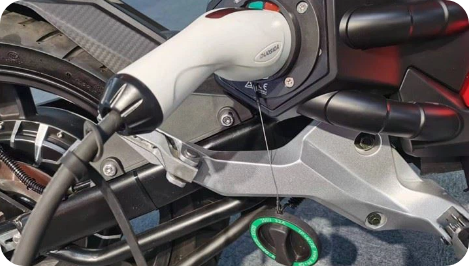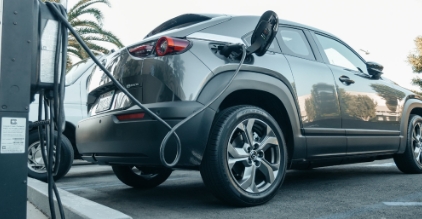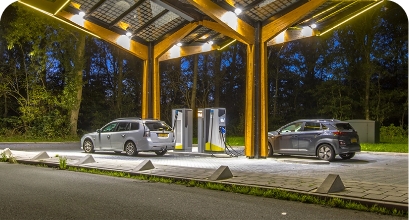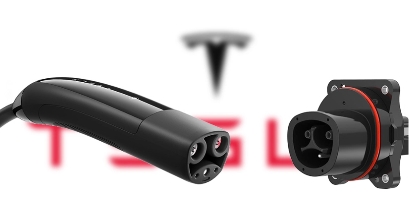The recent implementation of Vehicle Excise Duty (VED) for zero-emission cars, vans, and motorcycles in the United Kingdom will impact companies with vehicle fleets. Starting April 2025, electric vehicles will no longer be exempt, reflecting the government's effort to create a fairer car tax system. Fleet owners and managers should be proactive in understanding the implications and preparing for the changes.
Challenges of the Reduced VED:
While the reduced VED is advantageous, companies should be aware of challenges such as the higher initial investment required for eVs. Additionally, the adoption of eVs may lead to increased maintenance and repair costs compared to traditional petrol or diesel vehicles.
Preparing for the New VED:
To navigate the changes effectively, companies need to plan. Researching available eV options and assessing associated costs is crucial. Considering potential increases in maintenance expenses is also essential for budget planning.
The introduction of the new VED for zero-emission vehicles marks a significant shift for fleet-owning companies. While it presents opportunities for cost savings, careful preparation is necessary to address challenges and ensure effective fleet cost management.
Starting from April 2025, electric vehicles (eVs) will no longer enjoy exemption from excise duty, a move aimed at fostering fairness within the car tax system. This change holds significant implications for companies managing vehicle fleets, prompting the need for careful consideration and strategic planning.
Understanding the Implications:
The introduction of the new VED presents both opportunities and challenges for fleet owners and managers. One notable benefit is the potential for increased adoption of zero-emission vehicles, as both combustion and electric vehicles will now be subject to VED. The reduced VED for zero-emission vehicles serves as a powerful incentive, encouraging individuals and companies to make the transition to electric, thereby contributing to the reduction of overall emissions within their fleets.
Benefits of the Reduced VED:
Beyond the environmental advantages, the reduced VED for zero-emission vehicles offers substantial financial benefits. Fleet organizations still operating combustion vehicles stand to gain cost savings by switching to electric alternatives. Electric vehicles, in addition to being environmentally friendly, are generally more cost-effective to operate than traditional petrol or diesel counterparts. This potential for increased operational efficiency allows organizations to optimize their fleet budgets and align with sustainability goals.
Challenges to Consider:
Despite the advantages, fleet owners and managers should be mindful of potential challenges associated with the reduced VED. One notable challenge is the higher initial investment required for acquiring electric vehicles. Companies may need financial assistance or innovative solutions to facilitate the transition to eVs. Additionally, the maintenance and repair costs for electric vehicles can differ from those of traditional vehicles, requiring careful consideration and budgeting.
In light of these changes, proactive planning is essential for companies to navigate the complexities of the new VED landscape. Researching available eV options, assessing associated costs, and considering potential maintenance expenses are key components of strategic preparation. Companies must have a comprehensive understanding of the available electric vehicle types, evaluate their total cost of ownership, and ensure that budgets account for potential increases in maintenance and repair costs associated with eV adoption.
Stay Informed and Prepared:
The new VED for zero-emission cars, vans, and motorcycles represents a pivotal moment for fleet-owning companies. While it opens the door to benefits such as cost savings and environmental impact, careful preparation is essential to address challenges effectively and ensure seamless fleet cost management.


















 Google
Google Apple
Apple Meta
Meta Back
Back



 Upper Case (A-Z)
Upper Case (A-Z)


